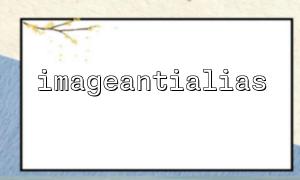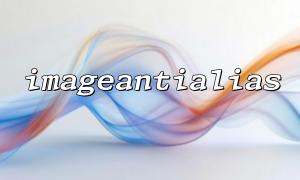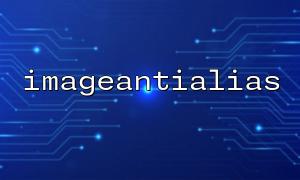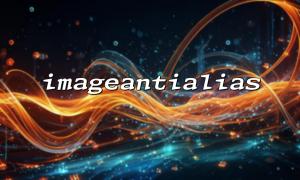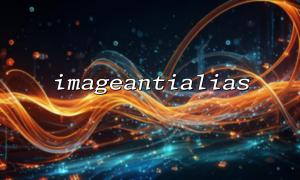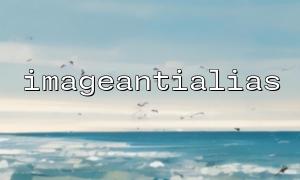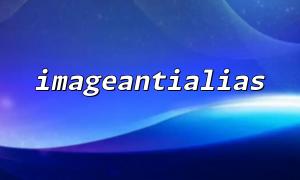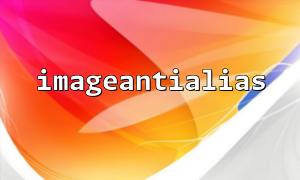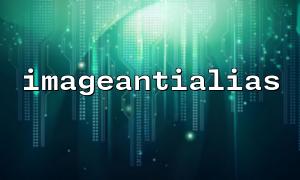Before introducing the implementation method, let’s first understand two key functions:
imageellipse(resource $image, int $cx, int $cy, int $width, int $height, int $color): Draws an ellipse on the image.
imageantialias(resource $image, bool $enabled): Turns anti-aliasing on or off.
However, it’s important to note that imageantialias() only works on graphics drawn using functions like imageline(), imagerectangle(), etc., and does not affect imageellipse(). This is a pitfall that many developers overlook.
We need to change our strategy and either draw the graphic at a higher resolution and then shrink the image or manually simulate the anti-aliasing effect. Below is a common approach: Drawing at high resolution + scaling. This is a simple way to achieve anti-aliasing without the need for additional graphic libraries.
<?php
// Set the scale factor, e.g., drawing at 3x resolution
$scale = 3;
$width = 200;
$height = 200;
<p>$scaledWidth = $width * $scale;<br>
$scaledHeight = $height * $scale;</p>
<p>// Create a large image resource<br>
$largeImage = imagecreatetruecolor($scaledWidth, $scaledHeight);<br>
imageantialias($largeImage, true);</p>
<p>// Set the background color to white and fill it<br>
$white = imagecolorallocate($largeImage, 255, 255, 255);<br>
imagefill($largeImage, 0, 0, $white);</p>
<p>// Set the circle color<br>
$circleColor = imagecolorallocate($largeImage, 0, 0, 255);</p>
<p>// Draw the ellipse (which is actually a circle)<br>
$cx = $scaledWidth / 2;<br>
$cy = $scaledHeight / 2;<br>
$radius = min($scaledWidth, $scaledHeight) * 0.4;<br>
imageellipse($largeImage, $cx, $cy, $radius * 2, $radius * 2, $circleColor);</p>
<p>// Create the final smaller image resource<br>
$finalImage = imagecreatetruecolor($width, $height);</p>
<p>// Scale the image to achieve the anti-aliasing effect<br>
imagecopyresampled($finalImage, $largeImage, 0, 0, 0, 0, $width, $height, $scaledWidth, $scaledHeight);</p>
<p>// Output the image<br>
header('Content-Type: image/png');<br>
imagepng($finalImage);</p>
<p>// Clean up memory<br>
imagedestroy($largeImage);<br>
imagedestroy($finalImage);<br>
?><br>
In this example, we first draw a larger circle at 3 times the original size and then use imagecopyresampled() to scale the image down to the target size. This process is equivalent to simulating the anti-aliasing effect, and the resulting image edges will appear smoother.
Although imageantialias() does not work with imageellipse(), we can bypass this limitation using the scaling strategy to generate higher-quality images. If you have higher image processing requirements, consider using a professional image processing library like ImageMagick.
If you wish to save the image to the server instead of outputting it to the browser, you can do so like this:
imagepng($finalImage, '/path/to/save/image.png');
Or generate a direct access link:
$filename = 'https://m66.net/images/circle.png';
imagepng($finalImage, '/var/www/m66.net/images/circle.png');
Make sure that the m66.net path has write permissions.
This scaling method is also applicable to other shapes like polygons, freehand curves, etc., and is a common anti-aliasing technique within the GD library.
